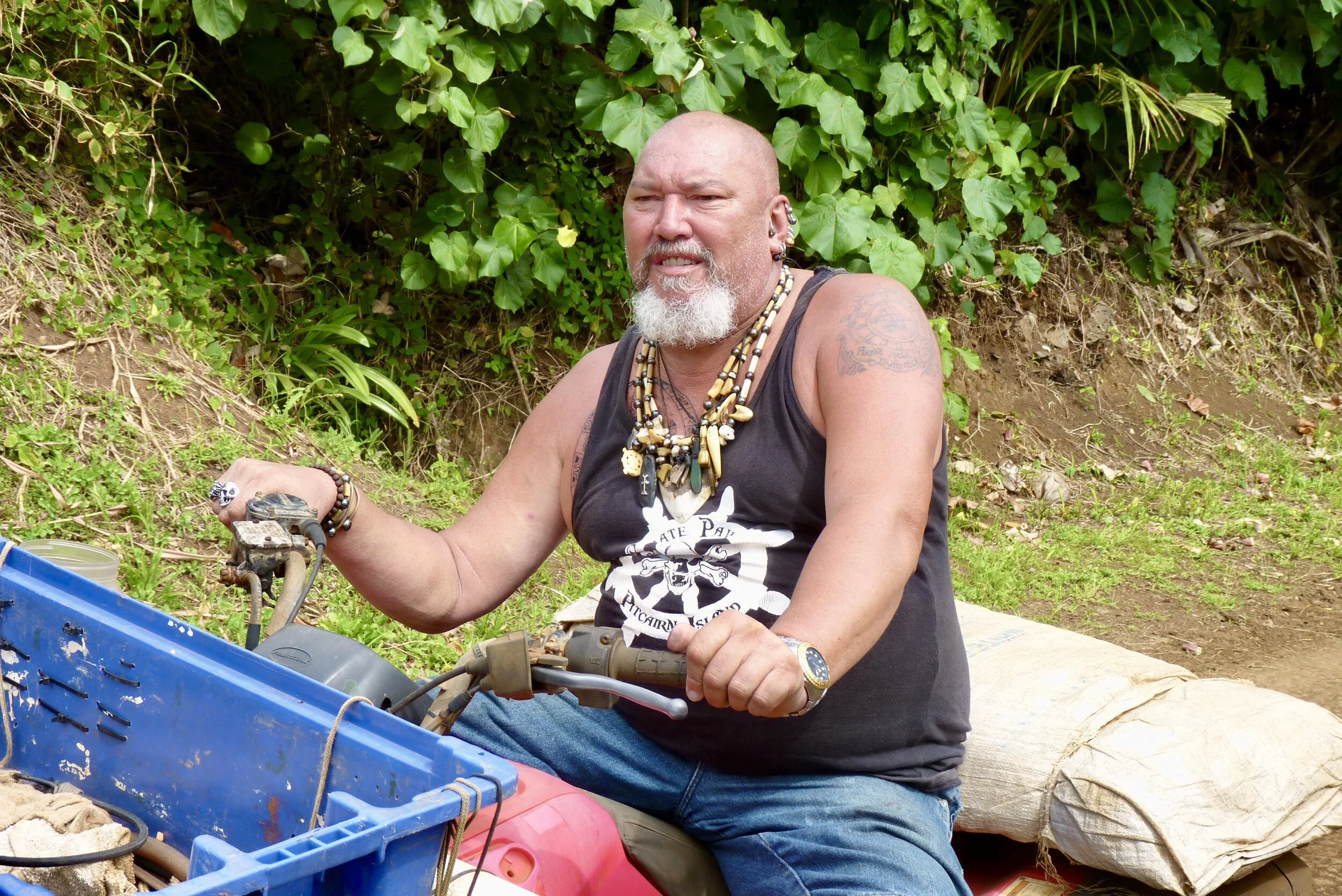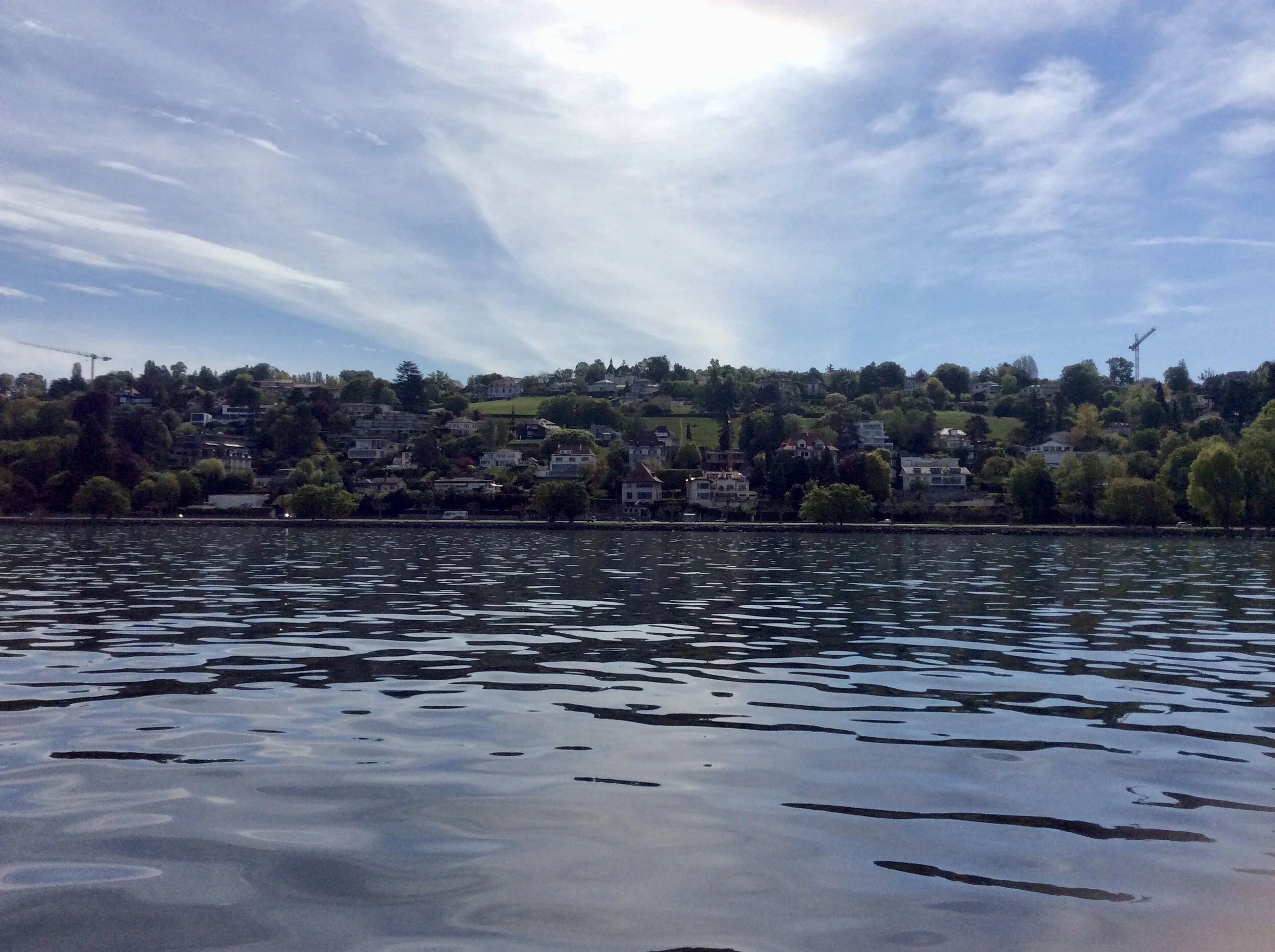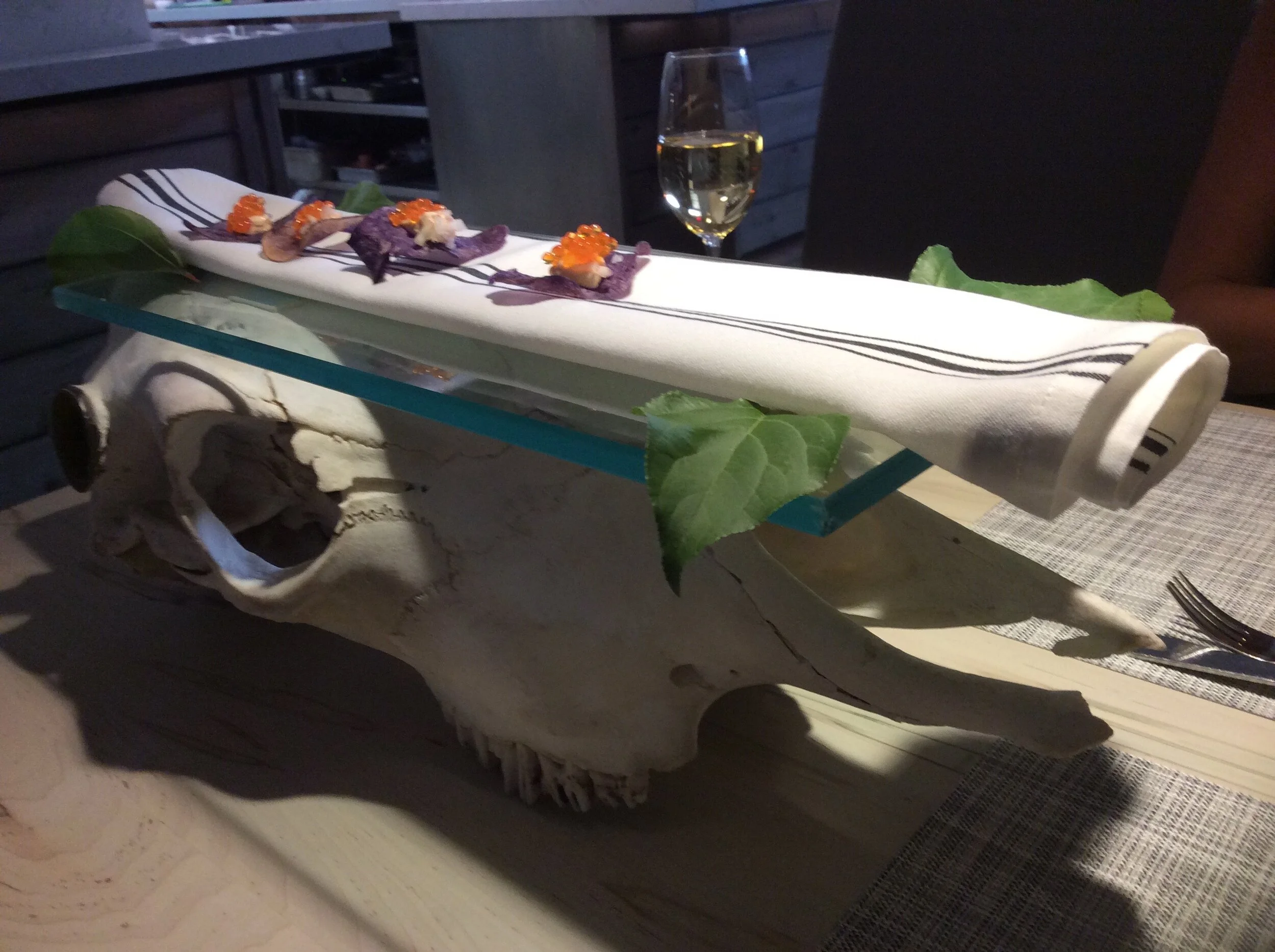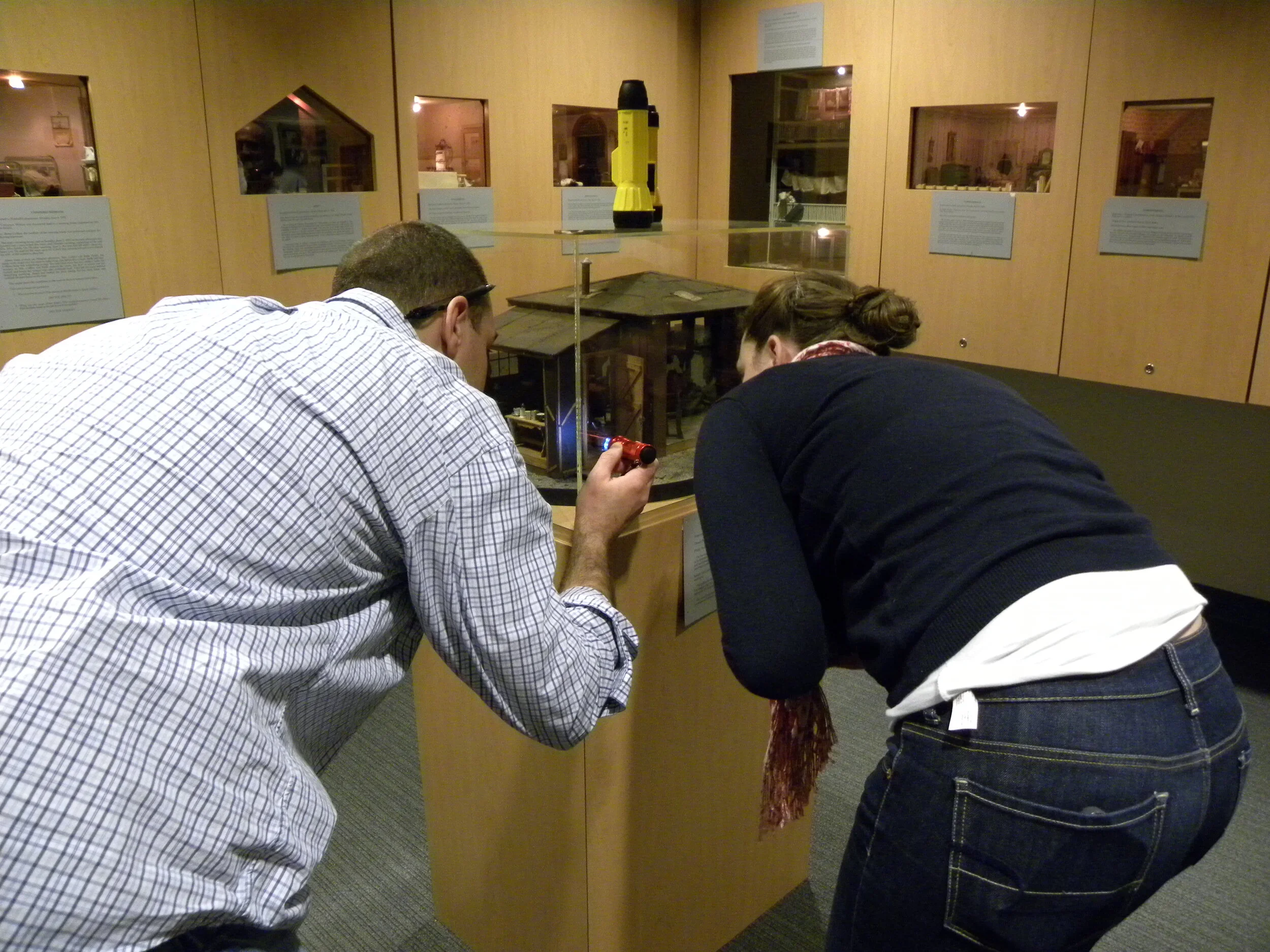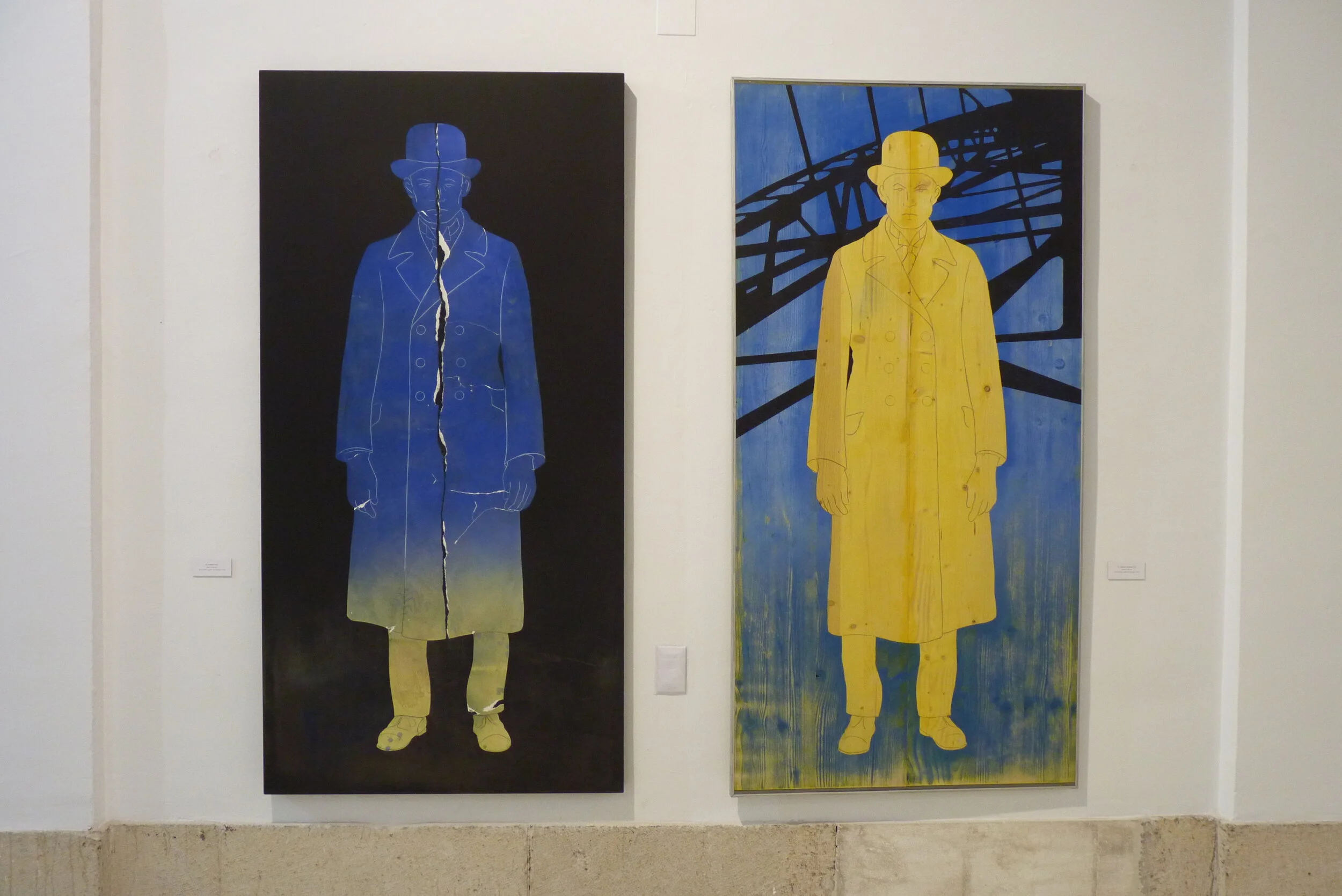River as medicine
It’s low tide on the Thames in London. At Rotherhithe on the south bank I descend rickety wooden stairs to a foreshore littered with iron nails and rivets – from the time when the dock here was a site of boatbuilding then of boat breaking.
The shoreline swells to a sandy beach where a man with a soft Northern Irish accent is walking his dog. “I’ve found lots of clay pipes and animal bones along here,” he says. “There’s four and half thousand years of history on this river.” He shakes his head as if in grudging admiration.
Don’t be swayed by the orange lifebuoys that punctuate the embankments of rivers for rivers have saved many more lives than they have taken. And this has never been truer than in the time of Covid. For me, as no doubt for my brief acquaintance at Rotherhithe, the Thames through the capital has been a lifeline these past months. A place to walk and think and not-think; a sympathetic ear and a giver-up of secrets.
In London the river is tidal from Teddington Lock, running downstream in a series of loitering loops through the centre of things and out into the Thames Estuary. The Thames Path, waymarked on both north and south banks with a black-and-white National Trail acorn logo, guides you the 30 miles from tidal head to Thames Barrier.
The path doesn’t hug the river bank the whole way – there are plenty of inland digressions on both banks – but it always homes its way back there. It requires neither a detailed map nor a compass (though it will frequently mess up your sense of direction); the elevation is nil, the walking easy; and public transport enables you to customise your own sections or circuits. You won’t be needing Mountain Rescue. The river simply takes you by the hand.
On that Rotherhithe walk I teamed up with two lifelong friends. We went from Tate Modern down to Greenwich, through the foot tunnel to the Isle of Dogs, and back up to the Tower of London – 12 miles of history, sunshine-and-wind and well-honed anecdotes. But more frequently I walk solo, my patch being up- and downstream from Putney Bridge.
On the spring high tides the river through west London floats unsuspecting parked cars; on the ebb it romances the scavenging mudlarks. It is a landing strip for swans and geese and a larder for herons and cormorants. Its banks are lined by repurposed wharves, new apartment blocks of steel and glass and some astonishing trees – such as the hybrid poplars that tower over the path between Hammersmith and Barnes.
At St Mary’s Battersea, with its toe in the Thames, I look up at the vestry window to see JMW Turner sketching away. At the old Harrods Furniture “Depository” (a very Harrods word for warehouse) near Hammersmith Bridge it’s my mother’s impossibly young face I see in the tricks that light plays for she worked here on Sundays, sorting through the stock for the Knightsbridge swells, before I was born.
Between lockdowns I also walked on Canvey Island in Essex, where the river has an estuarine accent of concrete walls and mudflats as it merges into the world’s oceans. Tucked behind the sea defences is a pub called The Lobster Smack, the model for the “old sluice-house” that features towards the end of Great Expectations. It’s a reminder that Dickens is the patron saint of the river through London.
In younger days I rarely walked the river, preferring to sit in pubs and look at it. I looked at it frequently: in the Grapes in Limehouse, which appears as the Six Jolly Fellowship Porters in Our Mutual Friend, in The Prospect of Whitby in Wapping – leaning over the water like a drunken wherryman – and in The Dove at Hammersmith, where the Scottish poet James Thomson is said to have written the words to Rule, Britannia! in 1740.
The riverside pubs are closed as I write this, but needs must – on weekends during lockdown, bubbles of mainly young people have been bringing their own booze and turning the embankment and foreshore into pop-up pub gardens. As I squeeze past on my rambles I feel the buzz of their temporary release from four walls and pent-up anxieties.
Whether they know it or not the river is working on them – imposing order and sense in disordered, senseless times; humility too for a river is older and smarter than we will ever be. It is both constant and fluid. It ebbs and it flows. It puts us gently in our place. River is good medicine.
Published in the Daily Telegraph on January 16 2021





